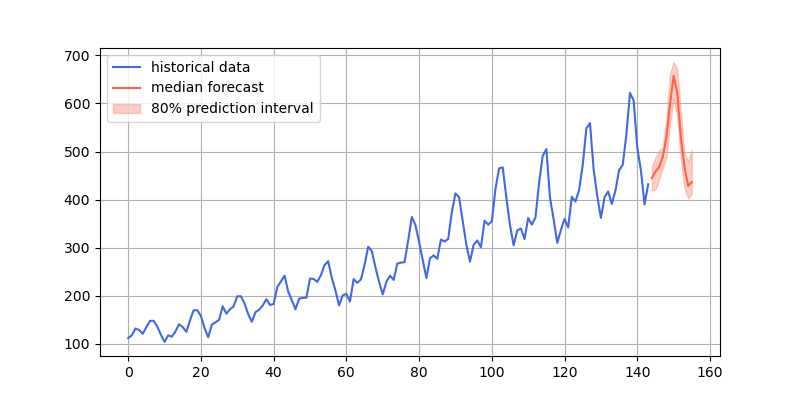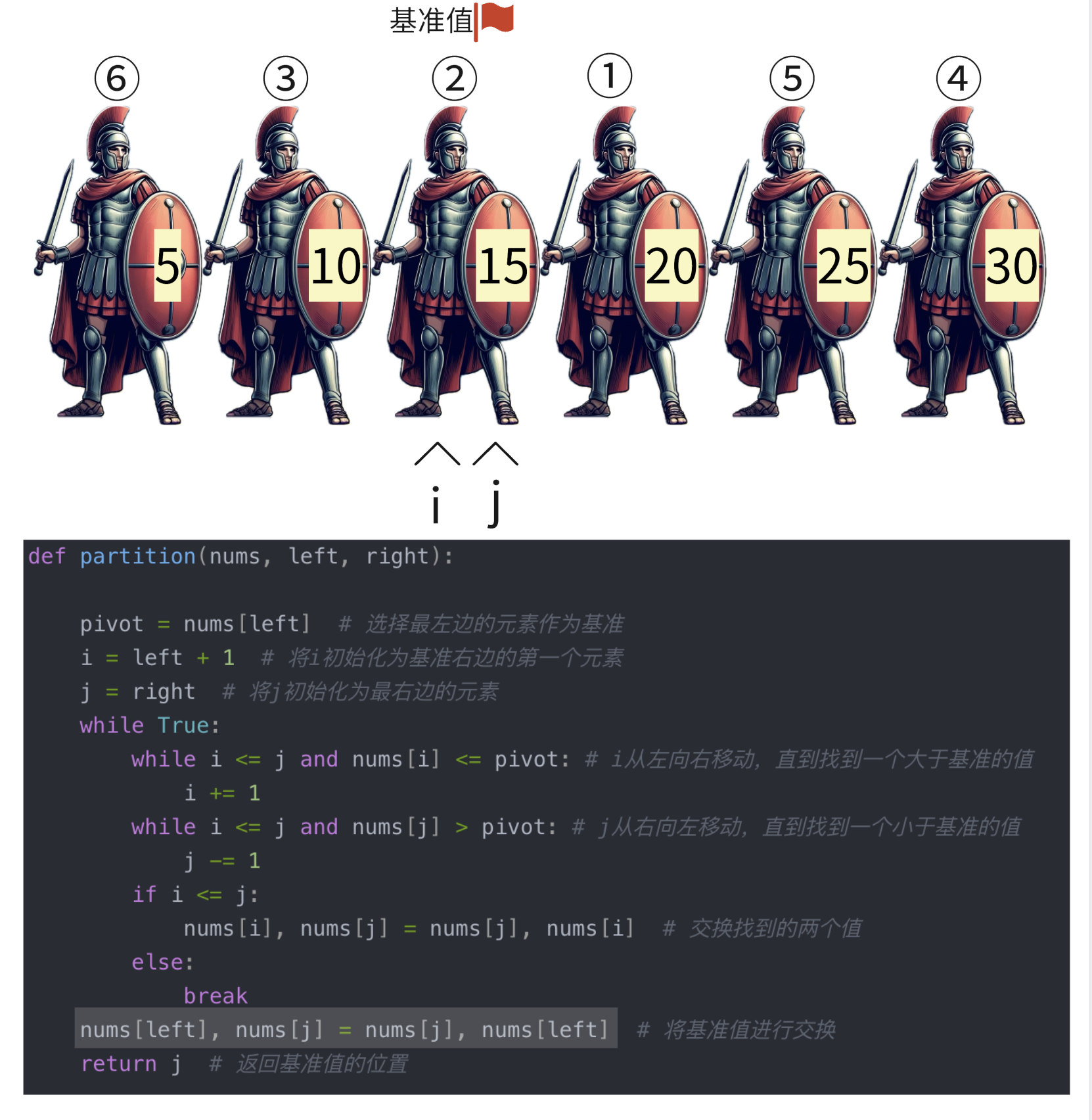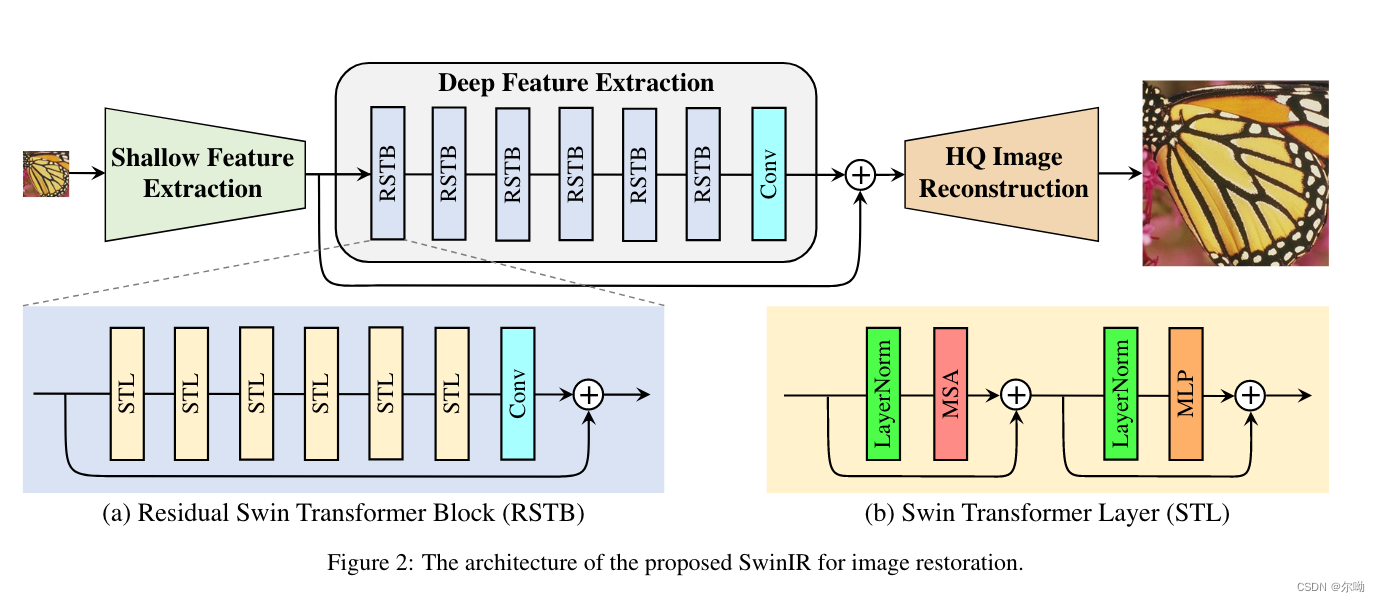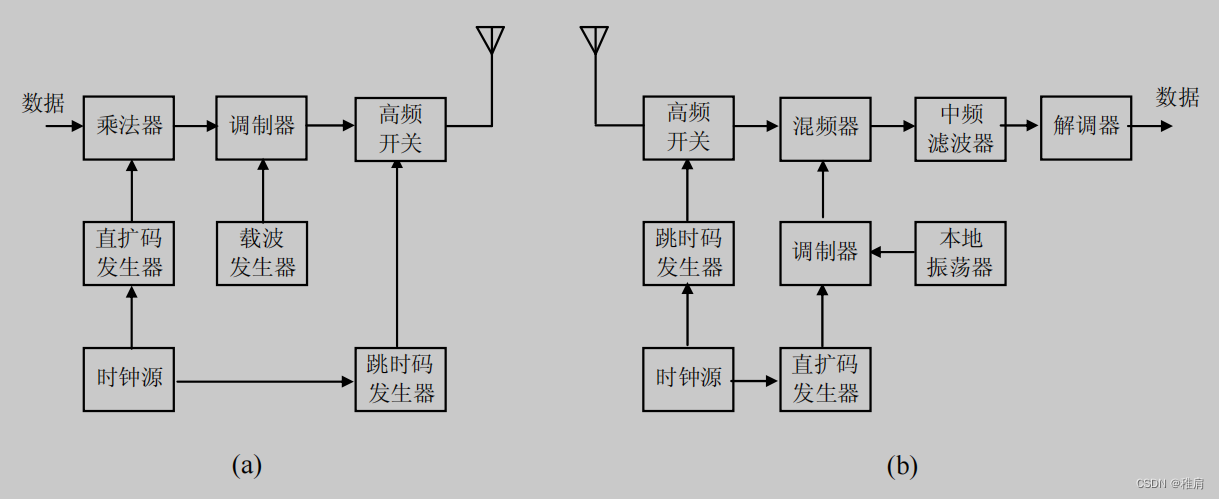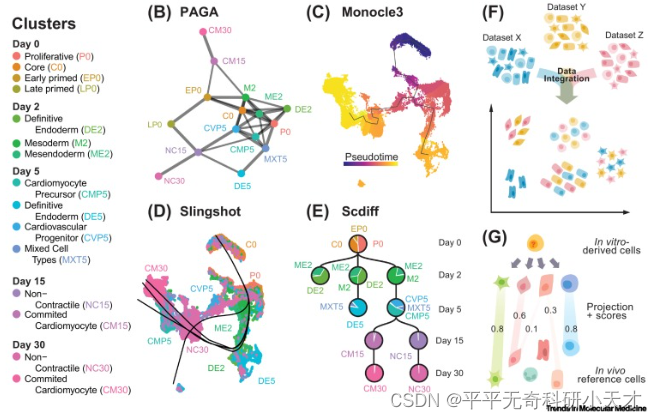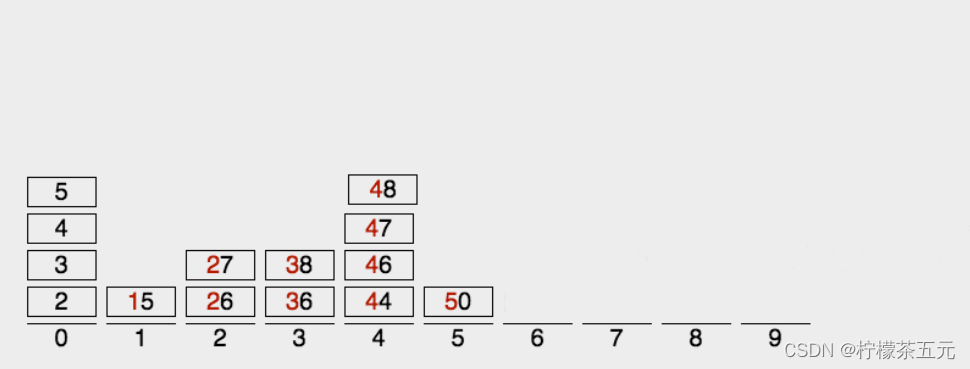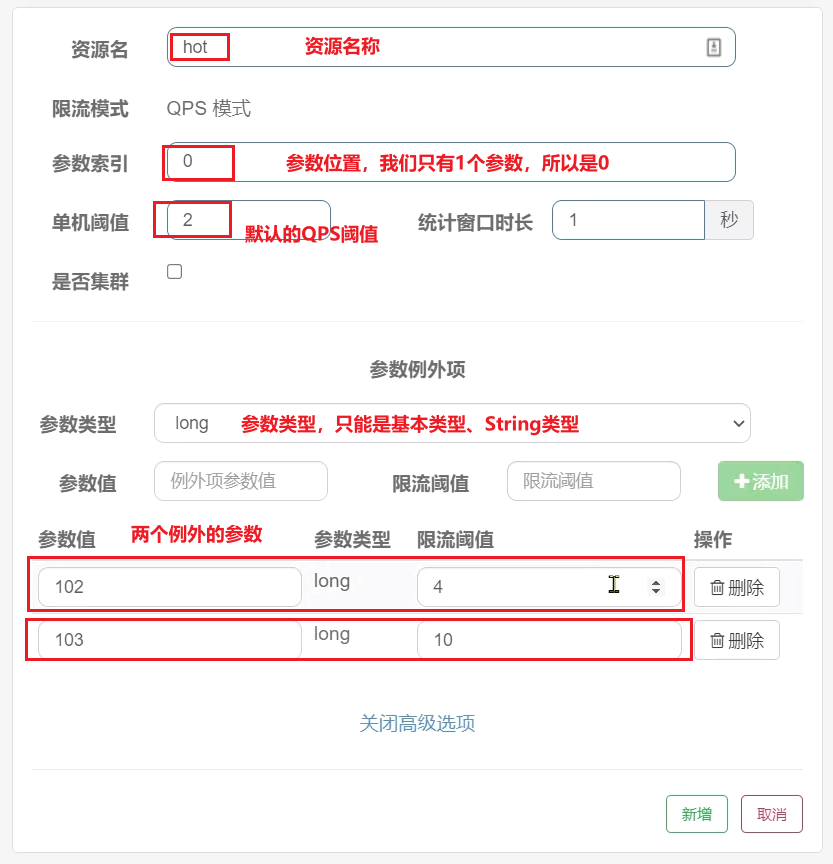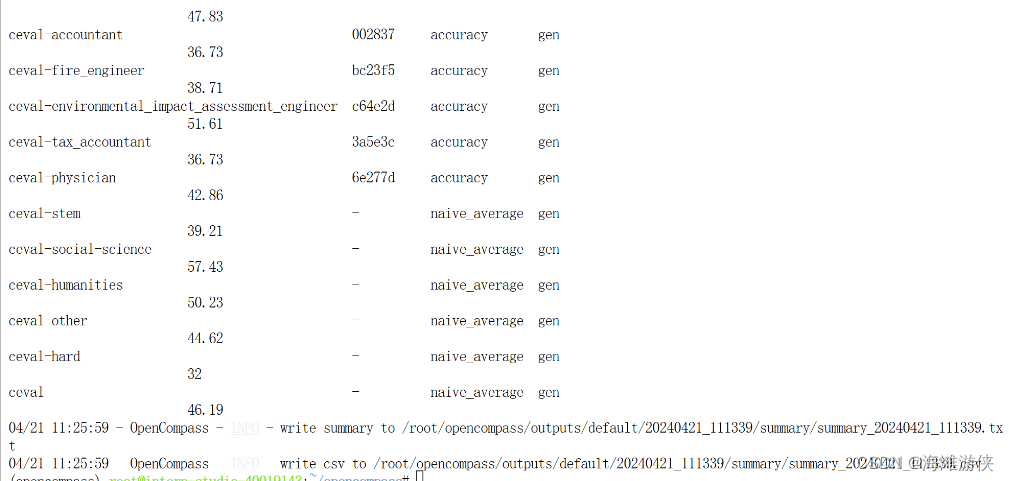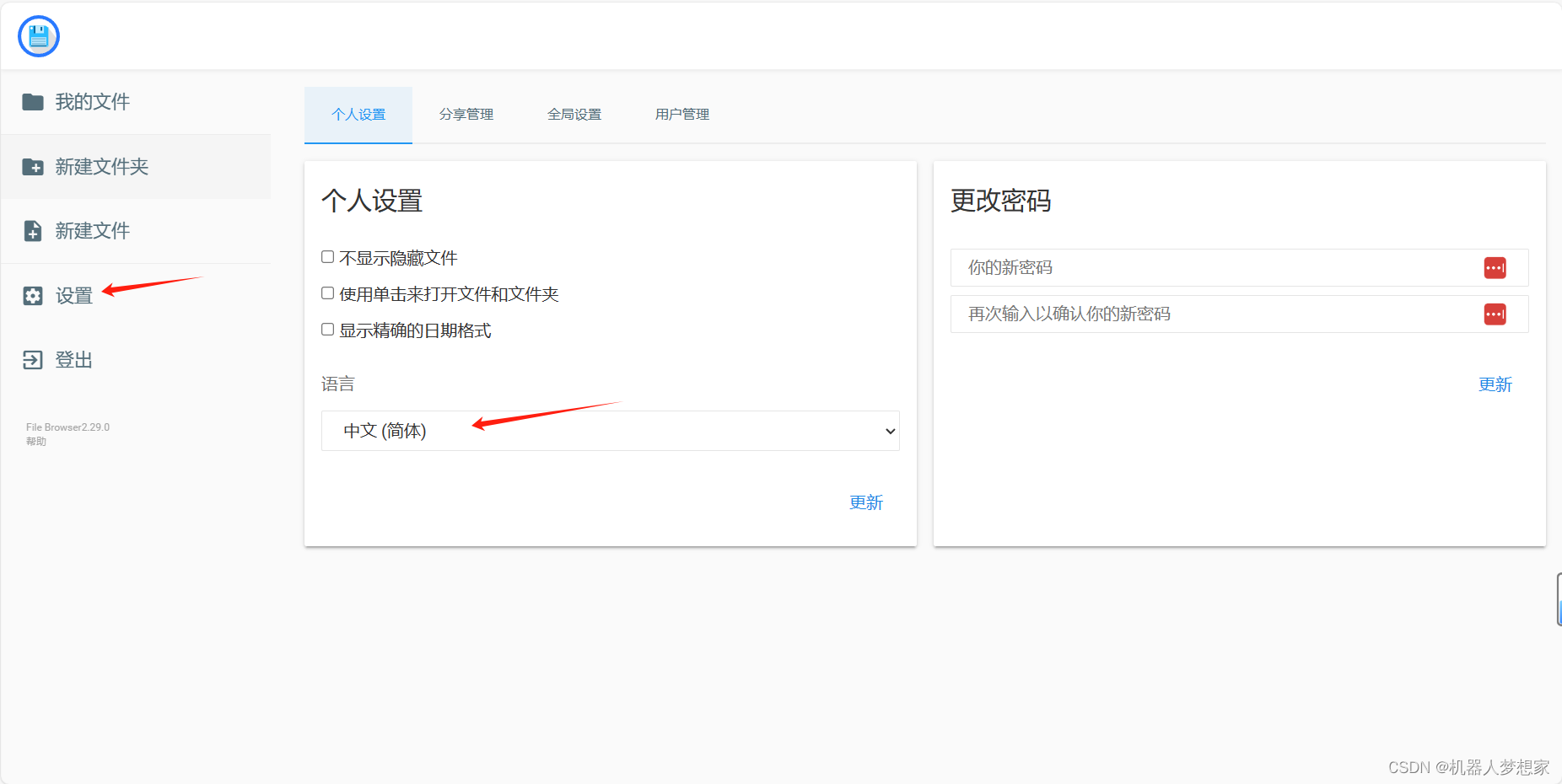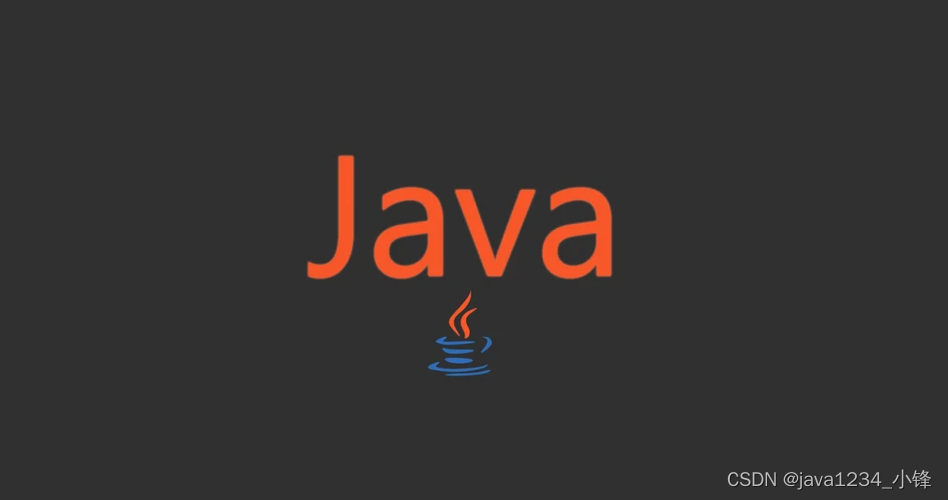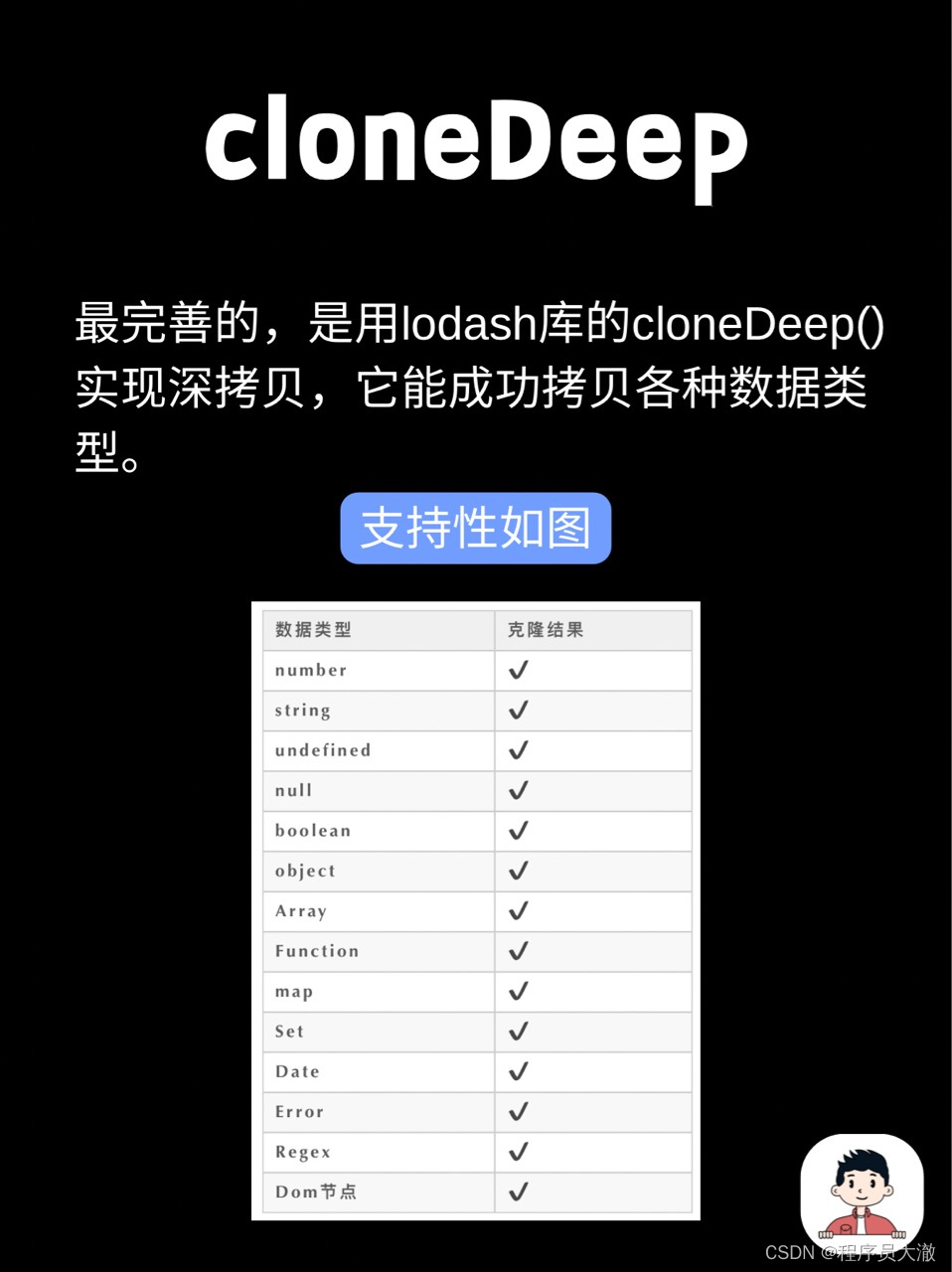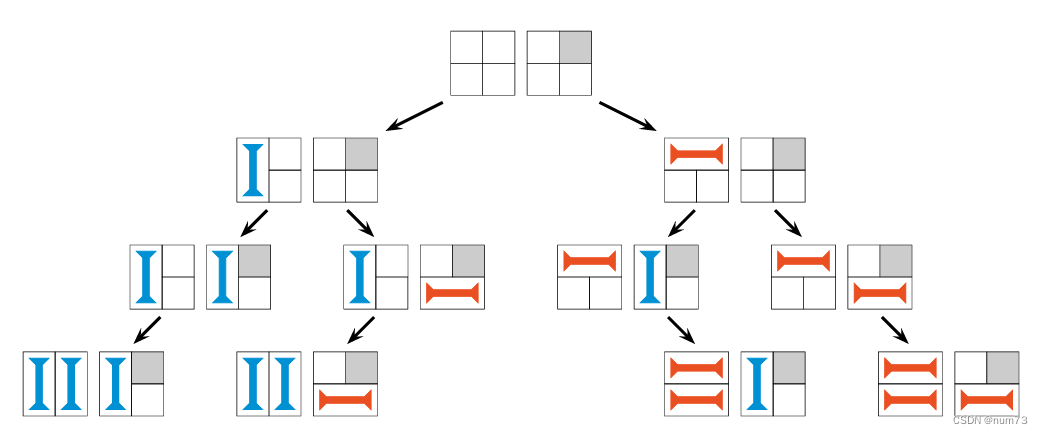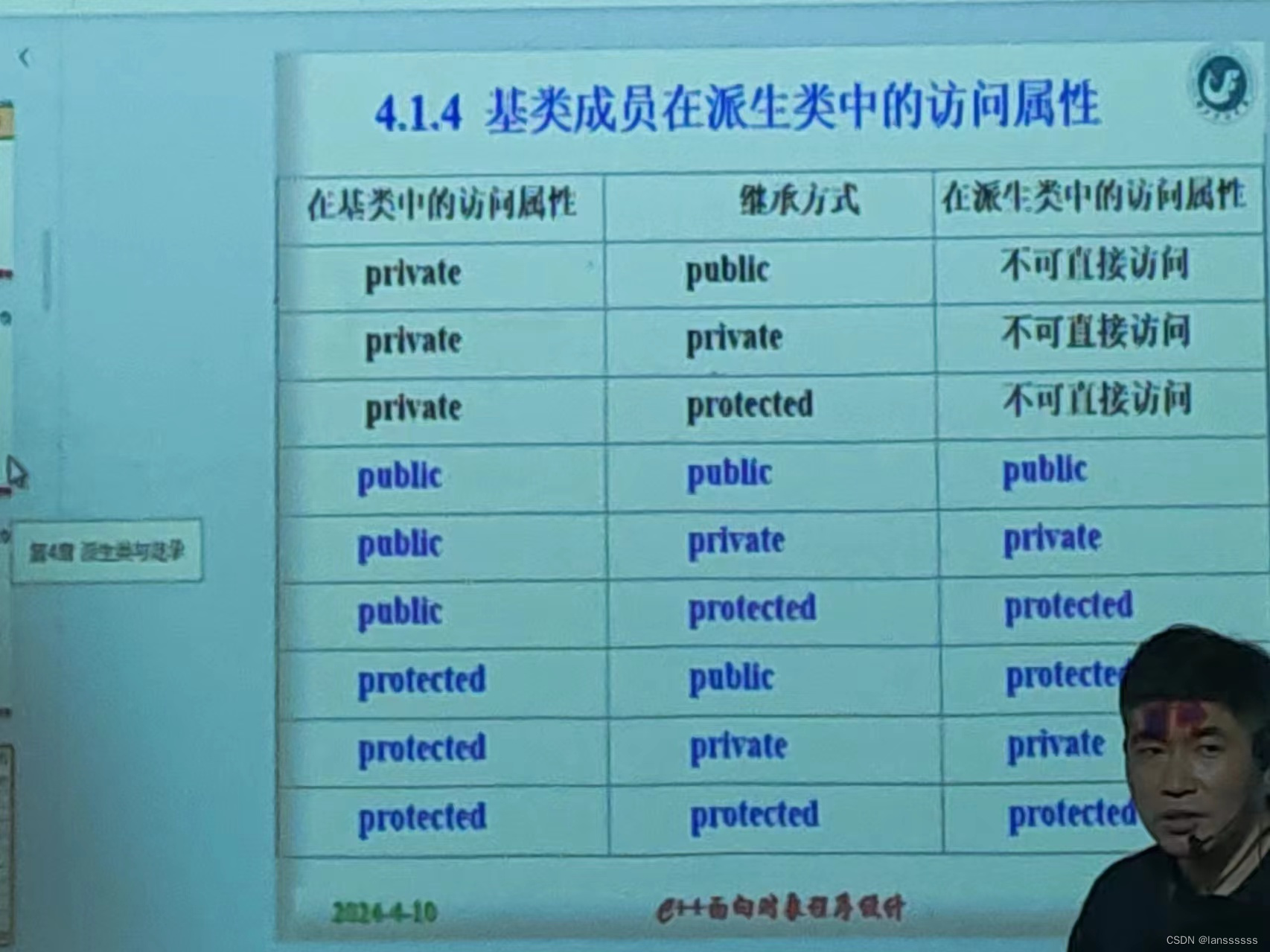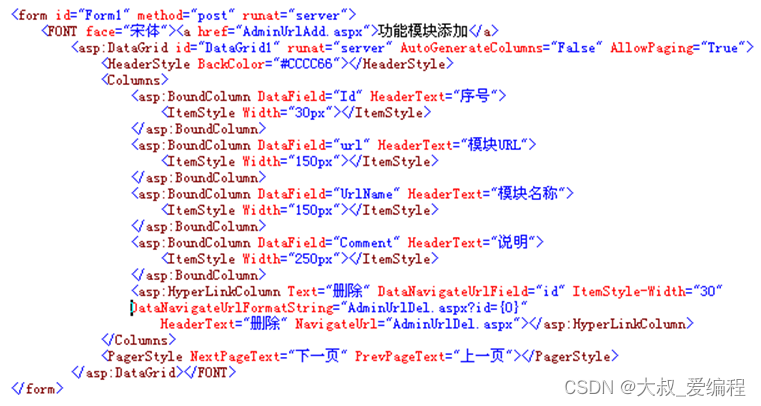前言
- 《Chronos: Learning the Language of Time Series》原文地址,Github开源代码地址
- Chronos:学习时间序列的大语言模型(论文解读)CSDN地址
- GitHub项目地址Some-Paper-CN。本项目是译者在学习长时间序列预测、CV、NLP和机器学习过程中精读的一些论文,并对其进行了中文翻译。还有部分最佳示例教程。
- 如果有帮助到大家,请帮忙点亮Star,也是对译者莫大的鼓励,谢谢啦~
- 本文代码已同步至项目Some-Paper-CN,后续可能会根据热度发布使用
LoRA微调Chronos模型教程,浅浅期待一下吧~
先验知识
- 建议先阅读
Chronos论文解读篇,对大致原理有所了解,阅读代码效果会更好。 - 在论文解读篇中,我们已经知道了
Chronos是基于Google的开源模型T5(Huggingface)。因受篇幅影响,有关T5模型的解析不在本次讨论范围内,感兴趣的小伙伴可以去查询相关资料。 - 论文基于
Transformers框架,在阅读代码前,最好有一定Transformers库的基础知识。 - 虽然本文模型为时间序列模型,但不管是在模型架构、训练方式还是数据组织上都与大语言模型几乎一致,在阅读代码前,最好有一定大语言模型领域的知识,比如术语
tonken、tokenizer。
代码解析
- 将开源代码从Github上下载到本地,关键文件在
chronos-forecasting/src/chronos下,chronos.py文件。 - 类
ChronosConfig用于加载模型参数(注意!是参数不是权重),类ChronosTokenizer用于加载模型Tokenizer,类ChronosModel用于根据模型参数构建模型。上述类为Transformers库基础类,这里不多赘述。 - 论文中的核心在类
MeanScaleUniformBins用于数据均值缩放和量化分箱,类ChronosPipeline用于构架数据预测管道。
MeanScaleUniformBins
class MeanScaleUniformBins(ChronosTokenizer):
def __init__(
self, low_limit: float, high_limit: float, config: ChronosConfig
) -> None:
self.config = config
# 线性平分向量torch.linspace(start, end, steps)
self.centers = torch.linspace(
low_limit,
high_limit,
config.n_tokens - config.n_special_tokens - 1,
)
# 首尾元素分别为-1e20、1e20
# self.centers[1:]除第1个元素外的所有元素
# self.centers[:-1]除最后1个元素外的所有元素
# (self.centers[1:] + self.centers[:-1]) / 2表示相邻元素平均值
self.boundaries = torch.concat(
(
torch.tensor([-1e20], device=self.centers.device),
(self.centers[1:] + self.centers[:-1]) / 2,
torch.tensor([1e20], device=self.centers.device),
)
)
def input_transform(
self, context: torch.Tensor
) -> Tuple[torch.Tensor, torch.Tensor, torch.Tensor]:
batch_size, length = context.shape
if length > self.config.context_length:
# 保留最后context_length个元素
context = context[..., -self.config.context_length :]
# 空值的反向布尔值
attention_mask = ~torch.isnan(context)
# context绝对值和attention_mask的点积,除以attention_mask的和
scale = torch.nansum(
torch.abs(context) * attention_mask, dim=-1
) / torch.nansum(attention_mask, dim=-1)
# scale是0或空值设为1.0
scale[~(scale > 0)] = 1.0
# 将context按scale缩放
scaled_context = context / scale.unsqueeze(dim=-1)
# torch.bucketize根据边界值将输入映射到相应bucket(桶)中
token_ids = (
torch.bucketize(
input=scaled_context,
boundaries=self.boundaries,
right=True,
)
+ self.config.n_special_tokens
)
# 不需要关注的地方使用padding
token_ids[~attention_mask] = self.config.pad_token_id
# 如果需要在末尾添加eos符
if self.config.use_eos_token:
eos_tokens = torch.full(
(batch_size, 1), fill_value=self.config.eos_token_id
)
token_ids = torch.concat((token_ids, eos_tokens), dim=1)
# mask置为true
eos_mask = torch.full((batch_size, 1), fill_value=True)
attention_mask = torch.concat((attention_mask, eos_mask), dim=1)
return token_ids, attention_mask, scale
def output_transform(
self, samples: torch.Tensor, scale: torch.Tensor
) -> torch.Tensor:
# 将scale扩展两个维度
scale_unsqueezed = scale.unsqueeze(-1).unsqueeze(-1)
# 将值限制在0和centers长度间,确保索引值不超出centers
indices = torch.clamp(
samples - self.config.n_special_tokens,
min=0,
max=len(self.centers) - 1,
)
# 返回在原始context缩放级别下分桶值
return self.centers[indices] * scale_unsqueezed
-
low_limit和high_limit包含在模型参数中,根据论文分别为-15和15。 -
在
input_transform函数中scale = torch.nansum(torch.abs(context) * attention_mask, dim=-1) / torch.nansum(attention_mask, dim=-1)看上去非常复杂,实际上在没有空值的情况下,相当于对序列求平均值。 -
在
input_transform函数中分箱函数torch.bucketize的使用可以参考官方文档。 -
在
input_transform函数中空值使用padding填充,并使用mask进行遮掩,是大语言模型训练的常用操作。 -
在论文中,作者表示为了保持与大语言模型训练方式保持一致,会在序列结束后放置
eos标识符,所以模型参数use_eos_token是为True的。 -
output_transform函数是input_transform函数的反操作,需要注意的是torch.clamp函数,确保token_id在词表中,否则就无法反归一化得到正常的值了。
ChronosPipeline
from_pretrained函数用于加载模型预训练权重,这里不在过多赘述,关键在于predict函数。
def predict(
self,
context: Union[torch.Tensor, List[torch.Tensor]],
prediction_length: Optional[int] = None,
num_samples: Optional[int] = None,
temperature: Optional[float] = None,
top_k: Optional[int] = None,
top_p: Optional[float] = None,
limit_prediction_length: bool = True,
) -> torch.Tensor:
"""
Get forecasts for the given time series.
Parameters
----------
context
Input series. This is either a 1D tensor, or a list
of 1D tensors, or a 2D tensor whose first dimension
is batch. In the latter case, use left-padding with
``torch.nan`` to align series of different lengths.
prediction_length
Time steps to predict. Defaults to what specified
in ``self.model.config``.
num_samples
Number of sample paths to predict. Defaults to what
specified in ``self.model.config``.
temperature
Temperature to use for generating sample tokens.
Defaults to what specified in ``self.model.config``.
top_k
Top-k parameter to use for generating sample tokens.
Defaults to what specified in ``self.model.config``.
top_p
Top-p parameter to use for generating sample tokens.
Defaults to what specified in ``self.model.config``.
limit_prediction_length
Force prediction length smaller or equal than the
built-in prediction length from the model. True by
default. When true, fail loudly if longer predictions
are requested, otherwise longer predictions are allowed.
Returns
-------
samples
Tensor of sample forecasts, of shape
(batch_size, num_samples, prediction_length).
"""
context_tensor = self._prepare_and_validate_context(context=context)
if prediction_length is None:
prediction_length = self.model.config.prediction_length
if prediction_length > self.model.config.prediction_length:
msg = (
f"We recommend keeping prediction length <= {self.model.config.prediction_length}. "
"The quality of longer predictions may degrade since the model is not optimized for it. "
)
if limit_prediction_length:
msg += "You can turn off this check by setting `limit_prediction_length=False`."
raise ValueError(msg)
warnings.warn(msg)
predictions = []
remaining = prediction_length
while remaining > 0:
# 根据MeanScaleUniformBins类对数据进行缩放和分箱
token_ids, attention_mask, scale = self.tokenizer.input_transform(
context_tensor
)
# 输入模型得到结果
samples = self.model(
token_ids.to(self.model.device),
attention_mask.to(self.model.device),
min(remaining, self.model.config.prediction_length),
num_samples,
temperature,
top_k,
top_p,
)
prediction = self.tokenizer.output_transform(
samples.to(scale.device), scale
)
predictions.append(prediction)
remaining -= prediction.shape[-1]
# 判断是否预测完
if remaining <= 0:
break
# 拼接操作
context_tensor = torch.cat(
[context_tensor, prediction.median(dim=1).values], dim=-1
)
return torch.cat(predictions, dim=-1)
- 作者建议将
prediction length保持在64以下,因为模型没有针对较长的预测长度进行优化,因此预测质量可能会下降。 - 预测过程为:根据
MeanScaleUniformBins类中input_transform函数对数据进行缩放和分箱,得到token_id、掩码矩阵attention_mask, 均值scale;将token_id和掩码矩阵attention_mask输入模型,得到输出samples。根据MeanScaleUniformBins类中output_transform函数和均值scale将输出samples反归一化得到实际值。 remaining变量用于检验prediction length是否全部预测完。
left_pad_and_stack_1D
- 上述代码中函数
predict调用了_prepare_and_validate_context函数,本质是left_pad_and_stack_1D函数。
def left_pad_and_stack_1D(tensors: List[torch.Tensor]):
# tensors中最长元素的长度
max_len = max(len(c) for c in tensors)
padded = []
# 遍历tensors中元素
for c in tensors:
assert isinstance(c, torch.Tensor)
# c为一维张量
assert c.ndim == 1
# 填充torch.nan
padding = torch.full(
size=(max_len - len(c),), fill_value=torch.nan, device=c.device
)
# 拼接(c长度被扩展为max_len),并添加到列表padded中
padded.append(torch.concat((padding, c), dim=-1))
# 将padded列表中的所有元素沿着新维度折叠,形成二维张量
return torch.stack(padded)
- 该函数是大语言模型训练过程中为了补齐长度做的操作,如果不理解也没事,只要明白在干什么就行。
测试Demo
- 如果想要进一步了解代码,还是希望大家用一个轻量的测试
Demo从头到尾Debug一下。
import matplotlib.pyplot as plt
import numpy as np
import pandas as pd
import torch
from chronos import ChronosPipeline
pipeline = ChronosPipeline.from_pretrained(
"amazon/chronos-t5-tiny",
device_map="cpu",
torch_dtype=torch.float16,
)
df = pd.read_csv("AirPassengers.csv")
# context must be either a 1D tensor, a list of 1D tensors,
# or a left-padded 2D tensor with batch as the first dimension
context = torch.tensor(df["#Passengers"])
prediction_length = 12
forecast = pipeline.predict(
context,
prediction_length,
num_samples=20,
temperature=1.0,
top_k=50,
top_p=1.0,
) # forecast shape: [num_series, num_samples, prediction_length]
# visualize the forecast
forecast_index = range(len(df), len(df) + prediction_length)
low, median, high = np.quantile(forecast[0].numpy(), [0.1, 0.5, 0.9], axis=0)
plt.figure(figsize=(8, 4))
plt.plot(df["#Passengers"], color="royalblue", label="historical data")
plt.plot(forecast_index, median, color="tomato", label="median forecast")
plt.fill_between(forecast_index, low, high, color="tomato", alpha=0.3, label="80% prediction interval")
plt.legend()
plt.grid()
plt.show()
- 预测结果效果图
